 |
|
|
China - Fujian |
| It was in spring 2009 while the world was in a financial turmoil. I demanded a cleansing escape to Fujian to explore and experience the simplicity of the village life. The trip served the purpose and I was very appreciative that my friends Rupert and Edmund were there with me. | |||
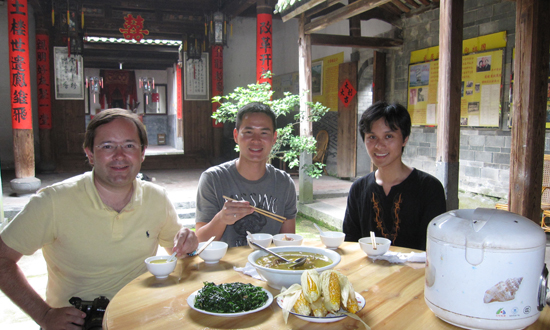 |
This meal was taken at the center of an earth tower (tulou 土樓). As we
wanted to experience the lives of the villagers, they prepared us their
ordinary meal, with fresh grown corn, veggie and chicken. I was very
delighted! |
||
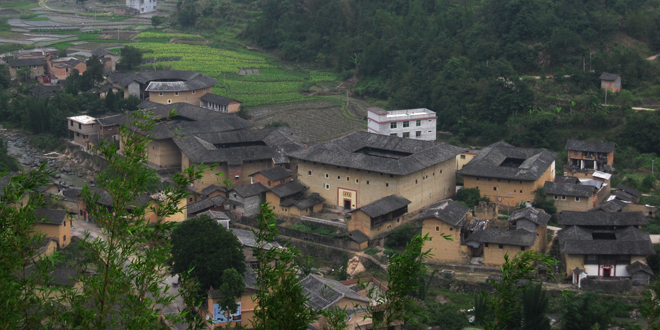 We hiked up a hill overseeing a village of tulou. The Fujian Tulou region was designated as UNESCO World Heritage site. There are more than 20,000 tulou in the southern Fujian. Traditionally, each tulou will house one family tree. |
|||
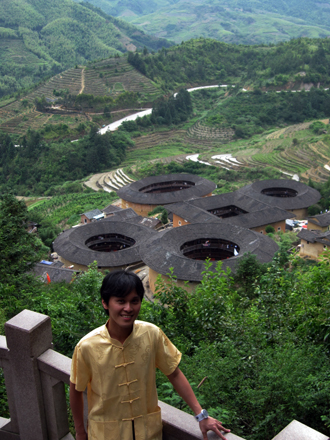 A famous 4-combo-1-soup tulou group. |
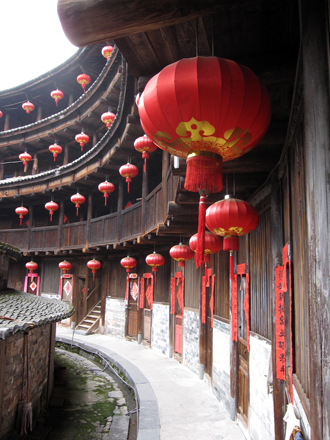 Inside with traditional Chinese deco. |
||
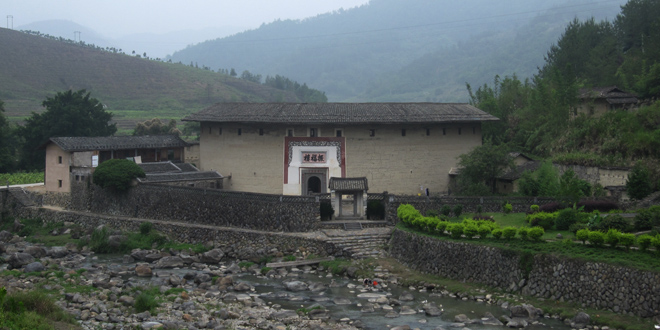 The tulou was designed to be round with base of 1 meter thick; invader hardly could destroy it. The wall was made of earth, sand and lime. The tulou can withstand fire from the outside. However, flood would be its lethal enemy. |
|||
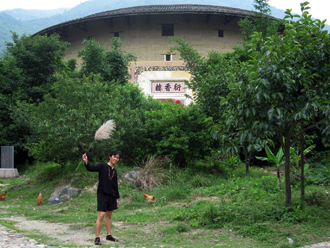 YanXiang Lou 衍香樓 - it was the family of this tulou prepared the home made ordinary meal for us. Won't say it was yummy, but definitely original experience. |
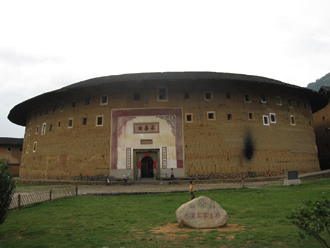 ChengQi Lou 承啓樓 - this Tulou King is the biggest amongst all, with inhabitant reached 500+. Now down to 10-. The family was the landlord of the area. |
||
|
|
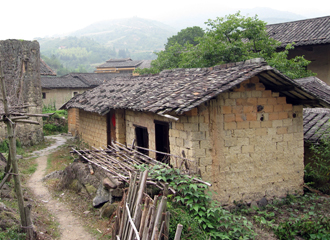 |
||
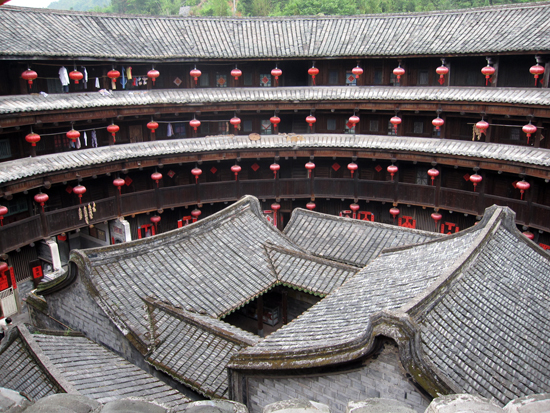 Each apartment would have 4 units, the ground floor unit, with the above 2nd, 3rd and 4th floor. The ground floor is mainly kitchen, 2nd is storage, while 3rd & 4th are bedrooms. The middle of the tulou is the ancestry temple/gathering hall. |
|||
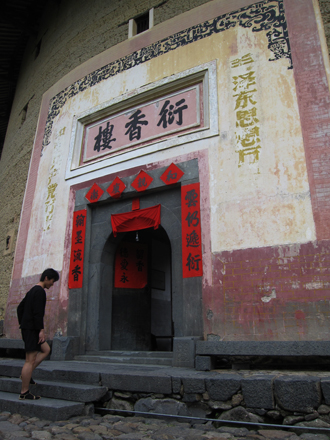 The gate of the tulou would shut at 8pm, but the tulou remain quite lively inside until mid-night. |
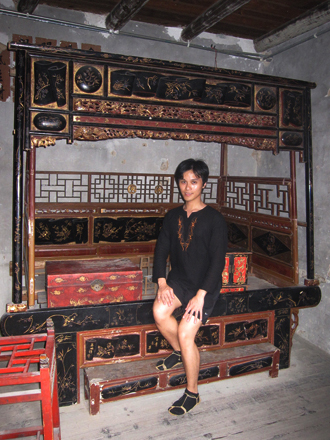 Master room on the fourth floor. Quite an antique bed. |
||
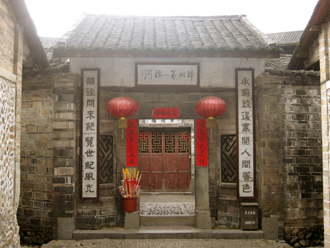 |
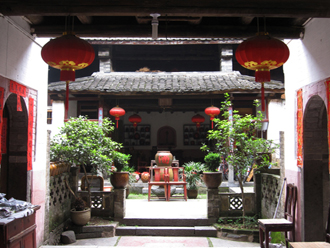 |
||
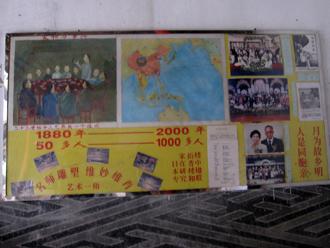 |
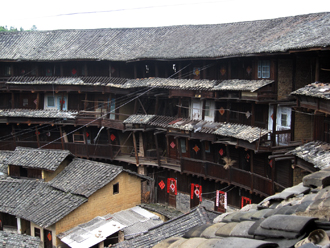 |
||
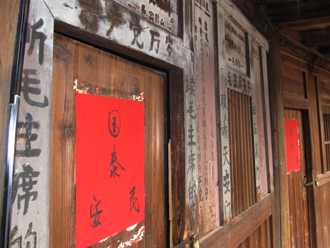 |
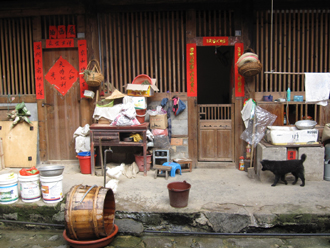 |
||
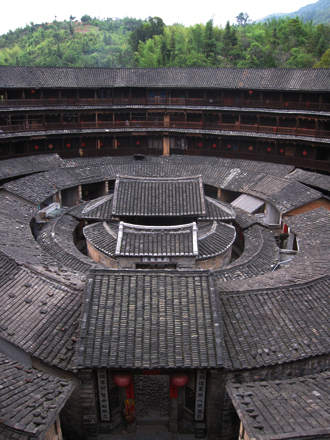 |
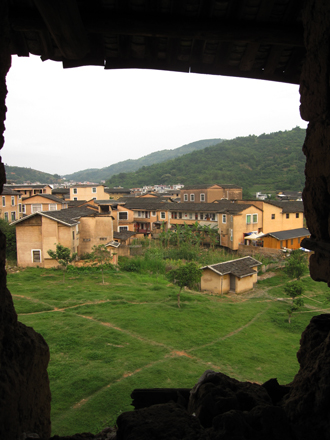 |
||
|
The village remains at its original stage with farmers and cow at work. |
|||
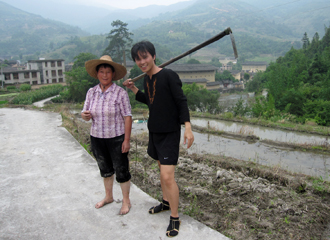 |
|
||
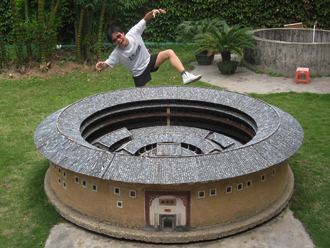 Godzilla coming!!! |
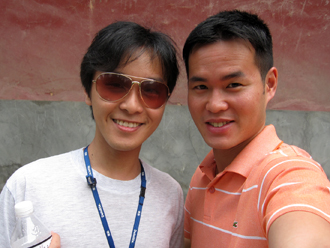 Had a walk at night and day over the village. |
||
|
GuLangYu 古浪嶼 Xiamen became a treaty port resulting from China's loss in the First Opium War and the Treaty of Nanking in 1842. Hence 13 countries including Great Britain, France and Japan established consulates, churches, and hospitals in the Gulangyu Island. |
|||
|
Gulangyu hosts the nickname of "The Island of Music". We were lucky
to enjoyed a piece of music at the concert hall. |
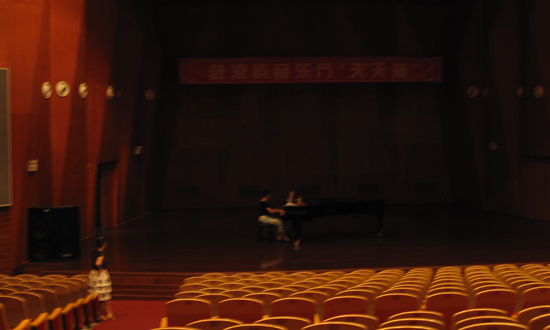 |
||
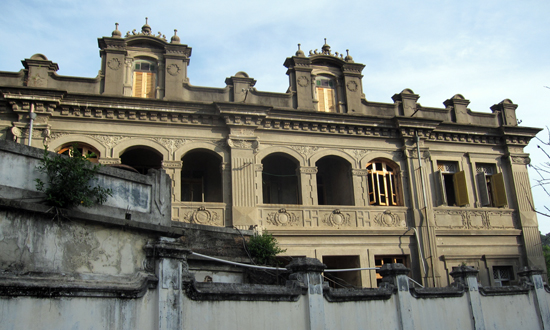 |
Due to the colonial past, the island has preserved predominantly
Victorian-era style architectures. |
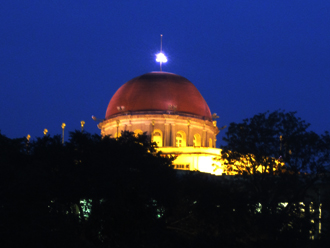 The famous Organ Hall of the Gulangyu. |
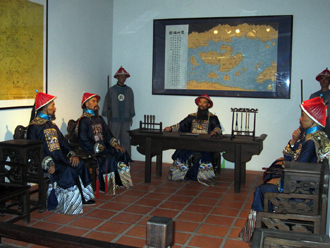 Historical government office. |
||
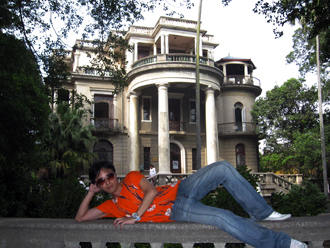 Victorian mansion at Gulangyu. |
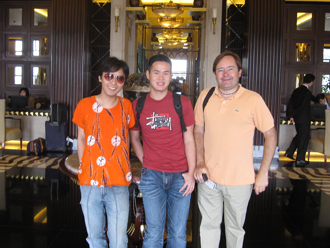 Here we stayed at the famous historical Lujiang Hotel from Xiamen viewing Gulangyu. |
||
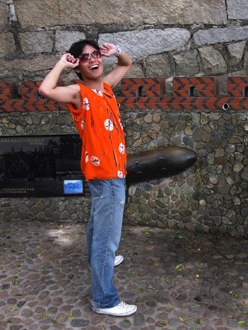 |
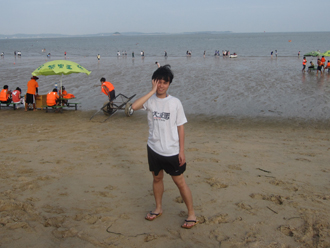 Xiamen beach. We can see Jinmen, Taiwan, from there. <- Strong ammunition at Xiamen Fort. With its strategic location, Xiamen was (and still remain) as a naval hub. |
|
|
|
|